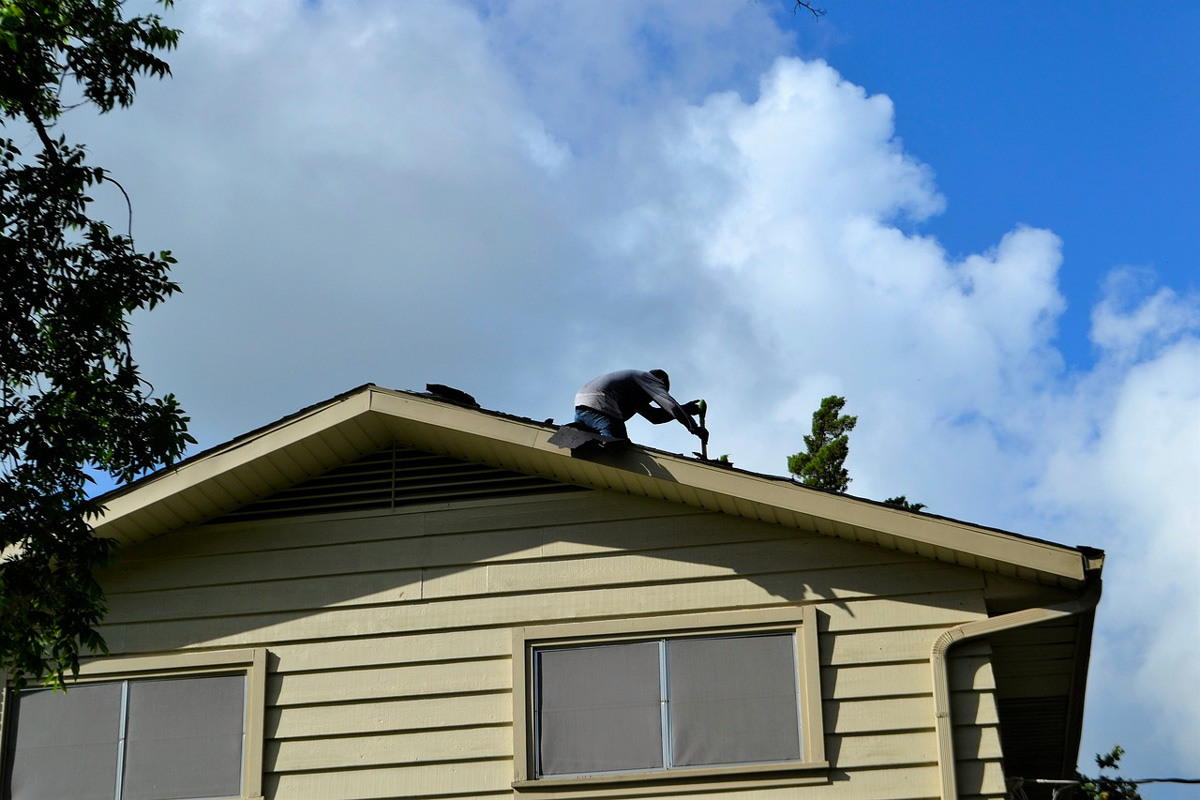When it comes to the safety and longevity of your home, few elements are as critical as the roof. While it might be easy to overlook, the design and construction of your roof play a pivotal role in safeguarding your property against the elements. A well-designed roof enhances the aesthetic appeal of your home and also protects against rain, snow, wind, and other environmental factors. This article explores the significance of roof design in ensuring the safety and durability of your home.
Protection Against Water Infiltration
One of the primary functions of a roof is to protect your home from water infiltration. Water damage can be insidious, causing structural decay, mold growth, and compromising the integrity of your home. According to reputable providers of top-notch roofing services in Syracuse, a well-designed roof incorporates several features to prevent water infiltration. The slope and pitch of the roof should be designed to facilitate efficient water runoff. This ensures rainwater is quickly directed away from the roof’s surface and into the gutters and downspouts. Flashing is used at roof transitions, such as where the roof meets walls, chimneys, or skylights. Properly installed flashing prevents water from seeping into vulnerable areas, reducing the risk of leaks.
Wind Resistance and Structural Integrity
Roofs must also be designed to withstand wind forces, particularly in areas prone to hurricanes, tornadoes, or strong seasonal storms. Proper design considerations include:
- Roof Shape: The shape of the roof can significantly impact wind resistance. Hip roofs, for example, are more aerodynamic and less susceptible to wind uplift than gable roofs with steep slopes.
- Roofing Material: The choice of roofing material can affect wind resistance. Metal roofing, for instance, often provides superior wind resistance compared to traditional asphalt shingles.
- Fastening Systems: The method used to secure roofing materials to the roof deck is crucial. High-quality fasteners and proper installation techniques are essential for preventing wind damage.
Energy Efficiency and Climate Control
Energy efficiency is an important consideration in modern roof design. A well-insulated and ventilated roof can significantly impact your home’s energy consumption and comfort. Adequate insulation in the attic space helps regulate indoor temperatures. During hot summers and cold winters, proper insulation reduces the need for excessive heating or cooling, resulting in energy savings. Adequate roof ventilation prevents the buildup of heat and moisture in the attic, leading to a range of issues, including reduced energy efficiency, mold growth, and premature roof deterioration.
Aesthetic Appeal and Property Value
Beyond its functional aspects, roof design also contributes to the aesthetics of your home and its overall property value. The style and layout of your roof can impact the overall look of your property. A well-designed roof can enhance curb appeal, making your property more attractive and inviting. The roof should harmonize with the architectural style of your home. Whether you have a modern, traditional, or eclectic design, the roof should complement and enhance the overall aesthetic. A well-designed and maintained roof can increase the resale value of your home. Potential buyers are usually willing to pay more for a property with a structurally sound and visually appealing roof.
The importance of roof design in protecting your home cannot be overstated. It is the first defense against the elements, contributes to energy efficiency, enhances aesthetics, and affects your property’s overall value. When considering roofing options or embarking on a new construction project, prioritize a well-designed roof to ensure your home’s safety, comfort, and longevity. Remember that consulting with experienced roofing professionals can help you make informed decisions and create a roof that meets your functional and aesthetic needs.






